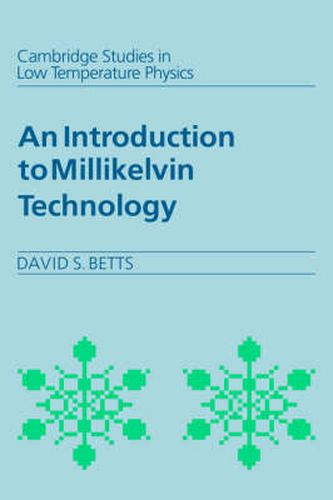Readings Newsletter
Become a Readings Member to make your shopping experience even easier.
Sign in or sign up for free!
You’re not far away from qualifying for FREE standard shipping within Australia
You’ve qualified for FREE standard shipping within Australia
The cart is loading…






This book is a concise introduction to the experimental technicalities of low and ultralow temperature physics research. The author has made extensive use of diagrams as aids to understanding, and refers the reader to the professional literature at appropriate points in the text. The book begins with an introduction to the thermodynamic principles of refrigeration and thermometry. It covers the properties of fluid 3He/3He mixtures and the most important practical means of achieving low temperatures, including dilution and Pomeranchuk refrigeration and adiabatic nuclear demagnetisation. The basic introduction to the subject will be of value to postgraduate students beginning research in low temperature physics, and to seasoned researchers moving into the field. It could also be used by advanced undergraduates taking low temperature physics courses.
$9.00 standard shipping within Australia
FREE standard shipping within Australia for orders over $100.00
Express & International shipping calculated at checkout
Stock availability can be subject to change without notice. We recommend calling the shop or contacting our online team to check availability of low stock items. Please see our Shopping Online page for more details.
This book is a concise introduction to the experimental technicalities of low and ultralow temperature physics research. The author has made extensive use of diagrams as aids to understanding, and refers the reader to the professional literature at appropriate points in the text. The book begins with an introduction to the thermodynamic principles of refrigeration and thermometry. It covers the properties of fluid 3He/3He mixtures and the most important practical means of achieving low temperatures, including dilution and Pomeranchuk refrigeration and adiabatic nuclear demagnetisation. The basic introduction to the subject will be of value to postgraduate students beginning research in low temperature physics, and to seasoned researchers moving into the field. It could also be used by advanced undergraduates taking low temperature physics courses.